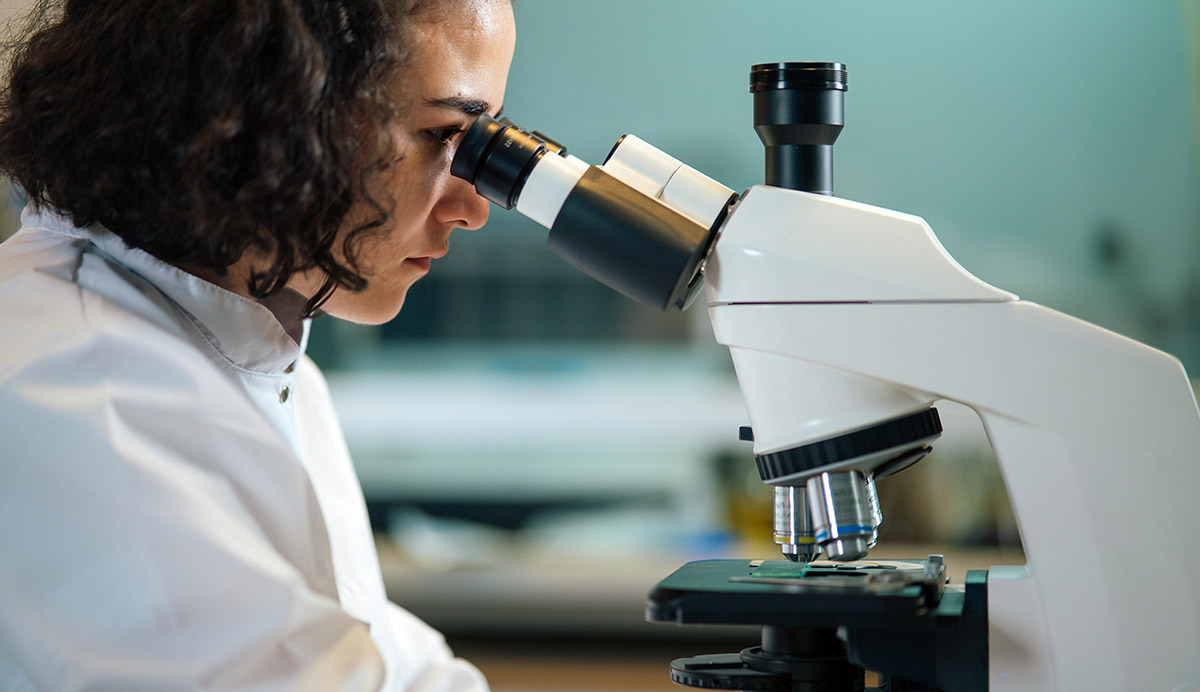
From Start to Finish: How Scientists Create New Medicines for All of Us
Developing a new medicine is a meticulous process involving multiple stages, from research and formulation to clinical trials and distribution. This journey can take years, but every step ensures that the final product is both effective and safe. Here’s a look at how scientists and pharmaceutical experts work together to bring life-saving drugs from the lab to the pharmacy shelf.
Discovery and Research: The First Step Toward Innovation
Every new drug starts with an idea—whether it’s targeting a disease that has no cure or improving on an existing treatment. Scientists in laboratories explore molecules that can influence biological processes. They might focus on finding chemicals that inhibit disease-causing proteins or molecules that can boost immune function. The research phase often relies on advanced tools such as AI and high-throughput screening to speed up the identification of promising compounds.
Research breakthroughs in personalized medicine, for example, have paved the way for treatments tailored to specific genetic profiles, improving patient outcomes and minimizing side effects.
Formulation: Transforming Ideas into Usable Medicines
After discovering a potential drug candidate, the next step is developing a formulation that makes the drug usable and effective. Experts decide whether the medicine will be an oral pill, injection, or inhalable solution, ensuring it delivers the right amount of active ingredient to the body efficiently.
Formulation scientists also determine how to stabilize the drug, extend its shelf life, and protect it from environmental factors like heat or humidity. Stability is especially critical for drugs distributed globally. Through specialized services such as stability testing of drugs and pharmaceuticals, companies ensure that medicines retain their efficacy from production to patient use.
Preclinical Testing: Evaluating Safety and Potential
Before new drugs can be tested on humans, they undergo preclinical testing on cells or animals. These studies assess the drug’s safety, toxicity, and pharmacokinetics—how the body absorbs and processes the compound. If the results show the drug has potential and poses no major safety risks, it can proceed to clinical trials with human volunteers.
Clinical Trials: Testing for Safety and Efficacy in Humans
Clinical trials are divided into multiple phases to gradually assess the drug’s effectiveness and safety.
• Phase I trials focus on a small group of healthy volunteers to determine a safe dosage and identify potential side effects.
• Phase II involves patients who have the targeted condition, testing the drug’s effectiveness in treating their symptoms.
• Phase III expands the study to a larger group, comparing the new drug to existing treatments or placebos.
Throughout clinical trials, experts must balance speed with safety. During public health emergencies like the COVID-19 pandemic, adaptive clinical trials allowed researchers to adjust study designs in real-time, accelerating the approval of life-saving vaccines.
Regulatory Approval: Meeting Global Safety Standards
Once clinical trials confirm a drug’s safety and effectiveness, pharmaceutical companies submit their findings to regulatory agencies, such as the FDA or EMA. These agencies scrutinize the data to ensure the medicine meets strict safety and efficacy standards before approving it for public use. Depending on the urgency and impact of the drug, some medications may receive fast-track approvals, shortening the time needed to reach patients.
Manufacturing and Distribution: Scaling Production for Public Use
After regulatory approval, the next challenge is manufacturing the drug at scale. Pharmaceutical companies employ advanced manufacturing techniques to ensure consistency and high quality across all batches. Many modern facilities rely on automation and data monitoring to streamline production and maintain rigorous quality control.
Distribution is another key component. Medicines must reach pharmacies, clinics, and hospitals worldwide, sometimes requiring cold-chain logistics to maintain their integrity. Vaccines, for instance, must be stored at specific temperatures to remain effective.
Post-Market Surveillance: Ensuring Ongoing Safety
Even after a drug is released to the public, monitoring continues. Healthcare providers and regulatory agencies track real-world data to ensure the medicine performs as expected and does not cause unforeseen side effects. If new safety issues arise, pharmaceutical companies may need to update the drug’s labeling or conduct additional studies to understand its risks better.
This ongoing surveillance is crucial to maintaining public trust in medicines and ensuring they provide long-term benefits.
Conclusion: A Team Effort to Improve Health
The process of developing new medicines is a collaborative effort involving researchers, formulation scientists, clinical experts, and regulatory authorities. Services like stability testing of drugs and pharmaceuticals play a critical role in ensuring medicines remain effective throughout their lifecycle, protecting patient safety. Thanks to advances in technology and global partnerships, the pharmaceutical industry continues to develop innovative treatments that improve health and save lives.
From the initial idea to the final product, every step in the drug development process is essential to ensuring that safe, effective medicines are available to those who need them most.
Photo: Mikhail Nilov, Pexels.com











